Sterols: How To Use Them For Your Benefit
Sterols exist in almost all living organisms. In our diet are sterols minor components represented in fats and oils. It is a micronutrient.
Sterols belong to a large class of natural compounds known as steroids ◳. Examples of other compounds in the steroids class are sexual hormones, cardiac aglycones, and toad poisons.
If you are looking for a specific sterol, I recommend you use the expanded toc to find it.
Table of Contents
What Are Sterols?
Sterols are found in plants, animals, and microorganisms and are called phytosterols, zoosterols, and mycosterols.
The three most common plant sterols or phytosterols are beta-sitosterol, campesterol, and stigmasterol. Cholesterol is the main zoosterol.
The Dark Side Of Phytosterols
Phytosterols have shown the ability to reduce cholesterol levels and risks associated with heart problems. It has made them a favorite supplement. More and more are turning to use phytosterol supplements as an alternative and healthy tool to lower LDL-cholesterol levels naturally.
However, research has shown that excessive use of phytosterols ◳, might develop premature coronary artery disease. Especially phytosterolemic patients will get a higher risk of atherosclerotic CVDs, and myocardial infarction.
All Our Articles On Zoosterols
Zoosterol is a group of sterols. The most known zoosterol is cholesterol.
Cholesterol is the main component in brain and nerve cells and high concentrations in the suprarenal glands and the liver.
Cholesterol is vital in the synthesis of several hormones ◳. Like, adrenocortical hormones (aldosterone), and sexual hormones (estrogens, testosterone, and progesterone).
Cholesterol
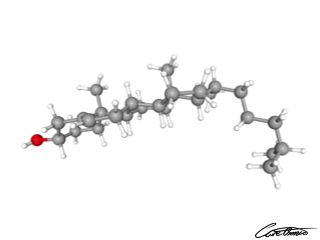
You can find cholesterol in every cell in your body. Your body needs cholesterol to make hormones like vitamin D. Learn more about cholesterol in our article: What Is Cholesterol & What Foods Can I Find It In?
It is not an essential component because your body can make all the cholesterol it needs. Look what kind of benefits cholesterol has in our article: Cholesterol: 2 Research-Backed Benefits
All Our Articles On Phytosterols
Phytosterols are plant sterols structurally similar to cholesterol that act in the intestine to lower cholesterol absorption.
Dietary sources of phytosterols are unrefined vegetable oils, seeds, cereals, nuts, and legumes.
Find more information about phytosterols and see the research behind them in our article: What Are Phytosterols & What Foods Can I Find It In?
Several clinical studies have shown that phytosterols reduce cholesterol absorption and lower plasma LDL.
You can find benefit and side-effect of phytosterols in our article: Phytosterols: One Research-Backed Benefit & One Side-Effect
More phytosterols
Below you will find a selection of stanols and sterols with information on where you can find more information about them. Stanols are hydrogenated products of sterols.
beta-Sitostanol can inhibit cholesterol absorption
Stanols are hydrogenated products of sterols. Learn more about beta-Sitostanol in our article: What Is beta-Sitostanol & What Foods Can I Find It In?
beta-Sitostanol can inhibit cholesterol absorption in the small bowel. Look at the benefit in our article: beta-Sitostanol: One Research-Backed Benefit
beta-Sitosterol can improve urinary symptoms
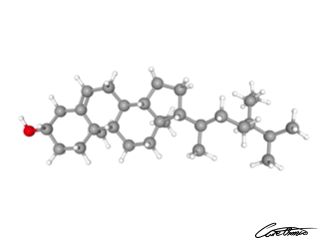
beta-Sitosterol is one of the major phytosterols. You can find more information in our article: What Is beta-Sitosterol & What Foods Can I Find It In?
beta-Sitosterol can improve urinary symptoms and flow measures. See what else beta-Sitosterol can be beneficial for and what side-effect it has in our article: beta-Sitosterol: 2 Research-Backed Benefits & One Side-Effect
Brassicasterol is found in marine algae
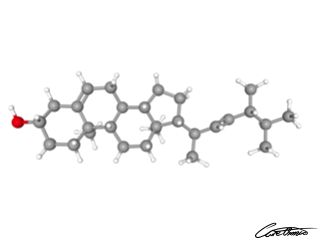
The most common source of brassicasterol is marine algae. See more information about brassicasterol in our article: What Is Brassicasterol & What Foods Can I Find It In?
Brassicasterol might be a relevant biomarker in Alzheimer's disease. Check it out in our article: Brassicasterol: One Research-Backed Benefit
Campestanol might have some anti-inflammatory effect
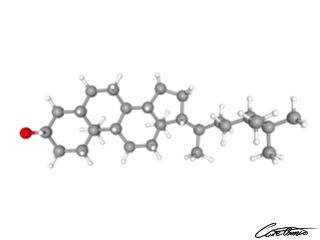
Stanols are hydrogenated products of sterols. Learn about campestanol in our article: What Is Campestanol & What Foods Can I Find It In?
Campestanol might have mild anti-inflammatory effects. Look at its benefits and side-effect in our article: Campestanol: 2 Research-Backed Benefits
Campesterol with anticarcinogenic effects
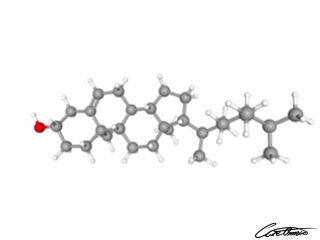
You will find information about this sterol in our article: What Is Campesterol & What Foods Can I Find It In?
Campesterol is known to have cholesterol-lowering and anticarcinogenic effects. Look at the benefits and its side-effect in our article: Campesterol: 2 Research-Backed Benefits & One Side-Effect
delta-5-Avenasterol (Fucosterol) with anti-cancer properties
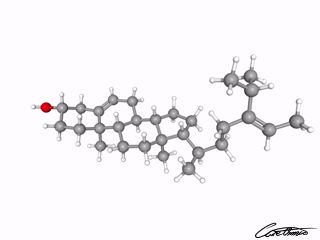
Check out where you can find this sterol in our article: What Is delta-5-Avenasterol & What Foods Can I Find It In?
Delta-5-avenasterol believes to have anti-cholesterol and anti-cancer properties. Look at its benefits in our article: Delta-5-avenasterol: 2 Research-Backed Benefits
Stigmasterol might decrease the risk of cancer
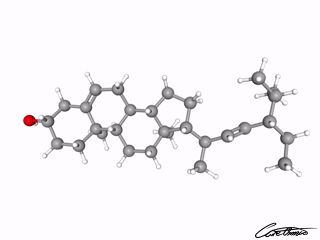
Stigmasterol is one of the most common sterols. See more in our article: What Is Stigmasterol & What Foods Can I Find It In?
Stigmasterol might possess benefits like reducing blood cholesterol, decreasing the risk of cancer, and enhancing immune modulation. Check out the benefits of stigmasterol in our article: Stigmasterol: 3 Research-Backed Benefits
